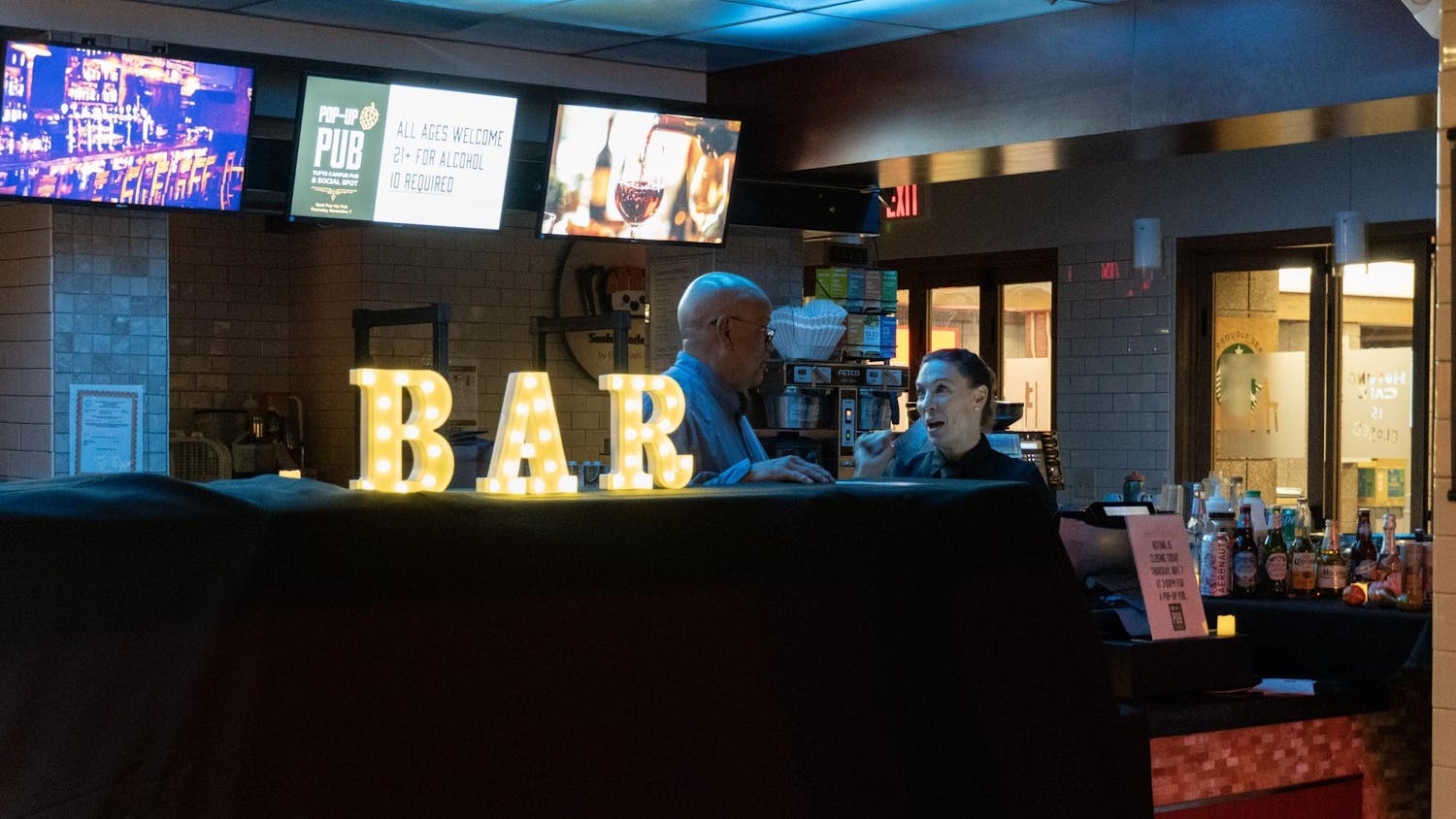Long before Gigi Hadid sent fans racing to buy tomato paste and red pepper flakes for her namesake pasta, Julia Child introduced Americans to crêpes. Child’s legions of fans, tuning in every week for her newest episode of “The French Chef,” sprang to culinary action. Cooking supply stores strained to meet the sudden demand for crêpe pans. Among the millions of fans rushing to try their hand at the thin pancake: the mother of Denise Drower Swidey, a culinary producer and an ExCollege professor. “My mom is a terrific home cook, and she made terrific meals for our family,” Swidey said. “Julia Child was her inspiration.”
Food media looks different these days. Sixty-second Instagram clips have replaced Child’s hour-long episodes; the TikToking Wishbone Kitchen has supplanted Martha Stewart. And yet, viral recipes can still cause ingredient shortages.
Chefs, food journalists and social media creators each play a role in shaping what we eat, but their influence and legitimacy are constantly debated. Is culinary school still necessary when a well-shot Instagram reel can launch a chef’s career? Are food journalists being replaced by influencers? To untangle these media webs, I asked some Tufts alums in the field to dig into the recipe for relevance.
Hannah Smokelin started her food Instagram in the spring of her sophomore year. A student in Drower-Swidey’s class, “An Insider’s Guide to the World of Food Media,” Smokelin jumpstarted her account for the final project. While the account was initially a fun pastime during quarantine, Smokelin later saw a professional calling. “It was a really good combination of my interests in cooking and photography, and I found it really fun to style [food], make it look nice and take a picture,” she said.
Five years later, Smokelin now works as a test cook and book recipe developer at America’s Test Kitchen. Her ‘foodstagram’ never went away. She honed her page, posting the food she made during culinary school, and even used it to get a job. After reaching out to a restaurant she was interested in working at over the summer, Smokelin was told by the chef that he wouldn’t normally be hiring anyone in the middle of the season. “But [he] was really impressed with some of the stuff [he] saw on [my] Instagram,” she remembered. “That was a moment for me where I was like, ‘Oh my gosh, he actually really looked at it, other people could be looking at this too.’ And that’s when I thought that this could be a portfolio.”
“I am the type of chef that is free-flowing. I work off of intuition and not a lot of recipes,” sophomore Devon Mastroianni, a food content creator, said. She started the account at 12 years old, posting “really terrible photos with cringy captions.” But, like Smokelin, the account was professionally lucrative: She got a job in food media public relations thanks to her experience with food photography and Drower-Swidey’s helping hand.
Online food content on social media can also educate audiences. Lucy Simon, special projects editor at Food & Wine, hosts a video series focused on drinks on the magazine’s Instagram and TikTok pages. The show uncorks the world of wine with blind taste-test videos and teaches doomscrollers to make the ultimate boozy milkshake. “Maybe someone who doesn’t know anything about wine feels a little bit more empowered because they’ve learned,” she said.
Both America’s Test Kitchen and Food & Wine are legacy media institutions, dating back to the ’70s and ’80s when print was king. No more: Many young people now think of Bon Appétit for its YouTube clips more than its glossy pages. Smokelin and Simon have seen this rocky transition close-up.
What sets legacy media apart from the foodfluencers? “The variety of content we produce [at Food & Wine] is what sets us apart from individual creators because our stories will be brought to life in person, in print, on audio only, in video, online when you read it on your phone,” Simon said. “There are so many different ways that we are able to bring things to life, and we also produce so much more content — our output is enormous. It’s just a different ballgame.”
Smokelin sees social media used for inspiration during the cookbooks team’s monthly brainstorming sessions. “Considering what recipes are popular and what people want to see definitely impacts thinking about what recipes we want to develop,” she said.
Simon notes that Food & Wine often taps content creators to appear on their Instagram. Just where is the line, then, between a legacy title and a TikTok reviewer? Simon tries — and struggles — to draw the boundary. Food content creators are “the folks who are recipe developers and are using social media as a tool for showcasing their craft,” she said. “The term ‘influencer’ is a little bit nebulous.”




